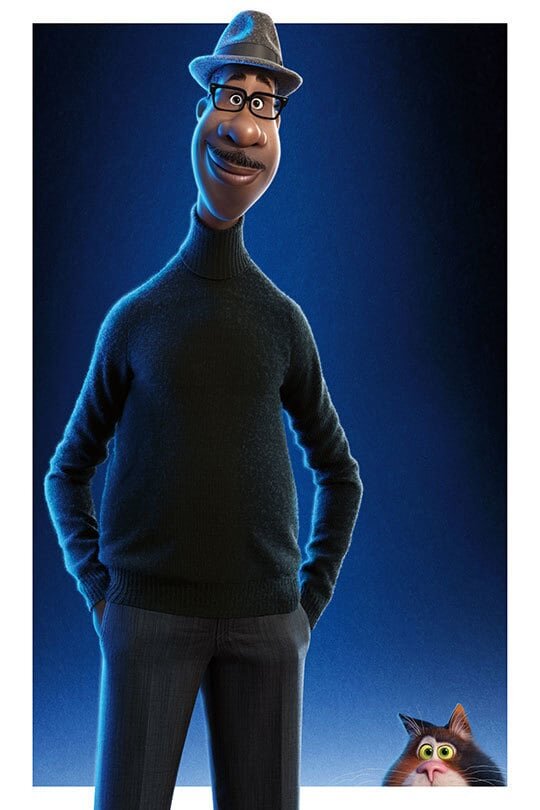Something Different - Words on Bathroom Walls
If you watch enough romantic teen dramas, you are likely well aware that there is a sub-genre that involves one or both of the star-crossed lovers being ill. Those emotionally manipulative stories are generally tearjerkers involving cancer and certain death. And while Words on Bathroom Walls fits squarely into the sub-genre, it offers something refreshingly different—a peek at the reality of living with a severe mental illness. What does that mean for the people who love you? What sorts of consequences can that have on your path through life? What sorts of choices do you have in the face of something so all-consuming? These are the questions at the heart of Words on Bathroom Walls, a sweet and earnest look at the implications of a very real burden for many people.
Adam Petrizelli (played by Charlie Plummer) is a high school senior being raised by his mother, Beth (played by Molly Parker), and her longtime boyfriend, Paul (played by Walton Goggins). Our introduction to his world comes as we follow him through the halls of his school. There, he sees a number of characters we eventually learn are not really there. They are manifestations of Adam’s schizophrenia. These characters sometimes come with dramatic images and other voices that make Adam believe he is in danger. In one such episode, Adam inadvertently knocks over a chemical in class and burns his partner. After this, he has to find a new school.
Once he finds a new school, his grades begin to slip. When he meets Maya (played Taylor Russell), the A student with a penchant for rebellion, the two bond. She helps him with his homework in an effort to make extra money and they eventually begin dating. Adam hides his mental illness from her until certain events make it impossible to keep doing so. Along the way, he rebels against medical treatment, his family and even his passion for cooking. Eventually, Adam is forced to reconcile the fact that those around him love him and only want what’s best for him.
At one point, Adam says “I’m not the illness itself,” which sums up the value of a film that tackles something so novel. This is one of the very few movies that seek to humanize by an exploration of someone’s daily struggle. The vivid imagery makes Adam’s struggle very real. And his complexity as a character gives offers layers we don’t often find in portrayals of mental illness. Adam is a full character, with hopes, dreams and ambitions and his mental health is portrayed in the most complete light possible.
Ultimately, the only real knock on the final product is perhaps it fails to stick the landing. There are moments where they could have pulled together certain threads more tightly; Adam’s experiences could have led to more of a crescendo. Adam gives a speech in the film’s final scenes that could have been used to say more than it did. Without that sort of capstone, the film seems like more of a collection of poignant moments than a taught narrative masterclass.
The love story at the film’s core could have also been used to say more. Given the racial differences, it felt like the film was going to be interested in exploring certain themes, but it never does. It never seems quite sure what to do with Maya and instead treats her mostly as a foil for the consequences of Adam’s illness and action. But given the depths of everything else they are exploring, it is hard to fault the filmmakers for not nailing every beat.
______________
If you like our content, please SHARE using the buttons below and SIGN UP for our monthly newsletter to stay up to date on the latest!










